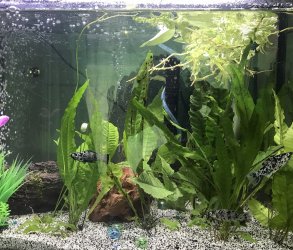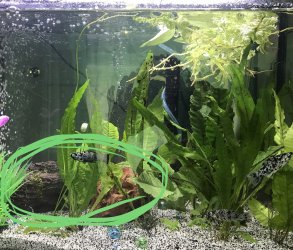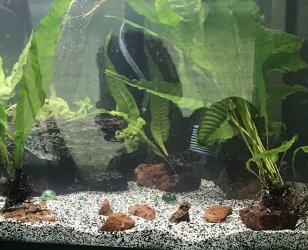TO KYO
Fish Fanatic
- Joined
- Feb 25, 2019
- Messages
- 138
- Reaction score
- 5
Hello, I have a group of mollies in a 20g tank with a silencer filter, although they’re pretty good bottom cleaners plenty of the food gets lost in the gravel so I would like to switch to sand, but I heard sand is way different than gravel so my ammonia goes crazy high 0.25->0.50 within hours. I know how to clean and I also heard about the gases. But does it affects my ph(does it goes up or down) and or my water hardness (keep in mind I have to use Cichlid Lake Salt to boost it up), or not at all? If you guys have any sand recommendations for mollies let me know ty.




